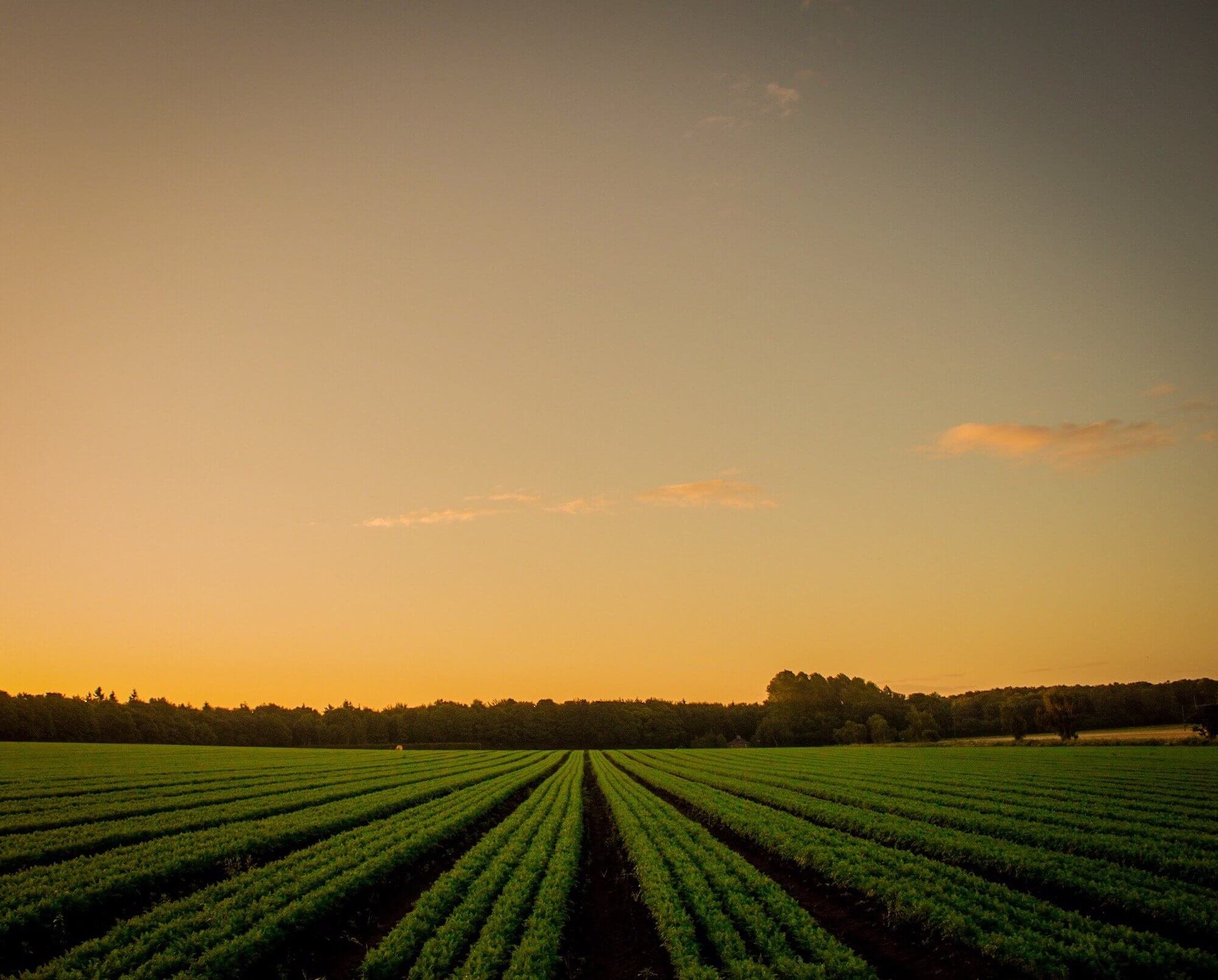
FAQs
Need answers?
Look through our frequently asked questions below. If you can't find what you're looking for, please don't hesitate to contact our support team.
-
Gleaning the Fields, inspired by Leviticus 19:9-10:
“Now when you reap the crops of your land, do not harvest the grain along the edges of your field, and do not pick up with the harvesters drop... leave them for the poor and the foreigners living among you.”
We aim to reduce waste, improve the planet, nourish people, and boost bottom lines by gleaning excess and underused resources, transforming them into nutritious and profitable materials with our innovative technology. We bridge the gap between producers and consumers to create a circular economy.
-
Our system is comprised of our innovative mill technology, along with the ancillary equipment needed to install and run it. The full system includes custom design, fabrication, installation, and training.
-
Our RENU™ System is unique because it concurrently dries and micronizes food in an innovative way. Our system is:
Fast: Concurrently dries and finely mills in seconds compared to hours of heat drying
Effective: Up to 97% of the moisture is removed, which means longer shelf life and less weight/volume
Energy-Efficient: Doesn’t require natural gas, so energy costs are low
Nutrient-Dense: Virtually all nutrients are retained
Small: Our system occupies less than 1000 sq. ft.
Supports Clean-Label Foods: No external chemicals, heat, or other additives are needed
Soluble: GTF-milled powders have a large surface area, which makes them very water-soluble
-
Food Processors and Juicers
Brewer's Spent Grain
Hemp and Biomaterials
Post-Consumer Food Waste
Large-Scale Food Composters
-
Instead of paying to haul excess materials to the landfill or making pennies on the dollar for animal feed, companies can transform waste into a new revenue and profit center. Many food byproducts, such as pits, skins, and pomace, are rich in polyphenols with antioxidant properties and can be valorized by our RENU™ Drying & Milling System.
By reclaiming side-stream food materials, companies can also:
Sell GTF-milled powders
Reduce their carbon footprint, minimize their impact on the environment, and even sell sequestered carbon credits
Claim tax benefits by donating powderized food products to hungry people through our non-profit, Gleaning the Fields
-
Our nutritionally dense powder can be used for:
Vitamins
Nutraceuticals/Supplements
Upcycled Foods
Beverages
Biomaterials
Spices
Extracts
Food Ingredients
Pet Food
Fertilizer
… and so much more!
-
Worldwide, over 1/3 of all food produced (approximately 1.3 billion tons worth $1 trillion) is thrown away each year. That’s roughly 1,000 tons every minute!
When food is wasted at the consumer level, all the energy, resources, and money that goes into producing, packaging, and transporting the food are also wasted, contributing to over 3.3 billion metric tons of carbon dioxide. Since agriculture is the largest human use of water, it’s estimated that about ½ of the water used to produce food goes to waste.
-
Food scraps and other organic materials that are dumped in a landfill get packed down and buried. Without access to oxygen, their chemical composition changes, emitting methane in the process, a greenhouse gas 84 times more potent and damaging in the short-term than carbon emissions from fossil fuels—and a key driver in climate change.
If food waste and loss were a country, it would be the third-largest source of greenhouse gas emissions, behind China and the US; about 3.3 gigatons per year worldwide.
-
The Sustainable Development Goal 12.3 aims to cut food waste and reduce food loss by 50% by 2030. This goal was adopted by the UN, USDA, and EPA in 2015.
Currently, 12 states have passed legislation to help achieve this.
Vermont and California’s laws are the most stringent. Both states ban organic material from landfills and require edible food to be donated. Additionally, California has set a goal to cut organic waste in landfills by 75% by 2025.
GTF can help achieve your food waste reduction goals!

